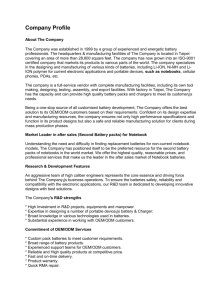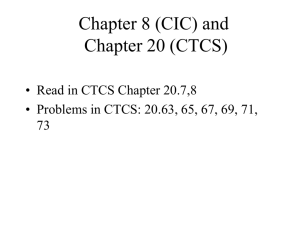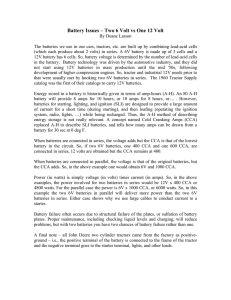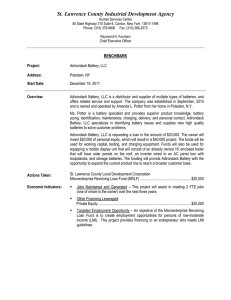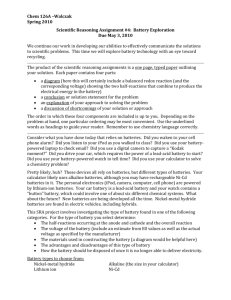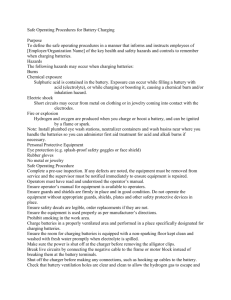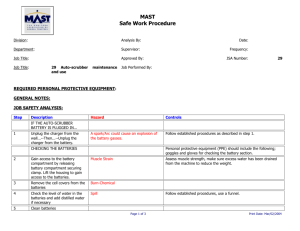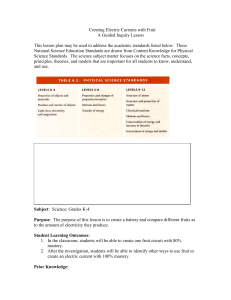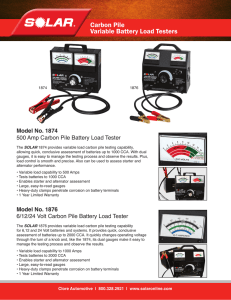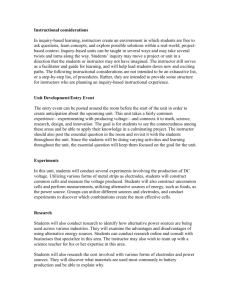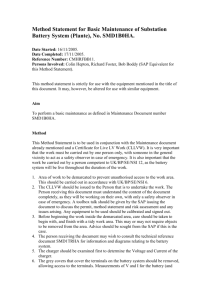why oil analysis should be part of your pm program
advertisement
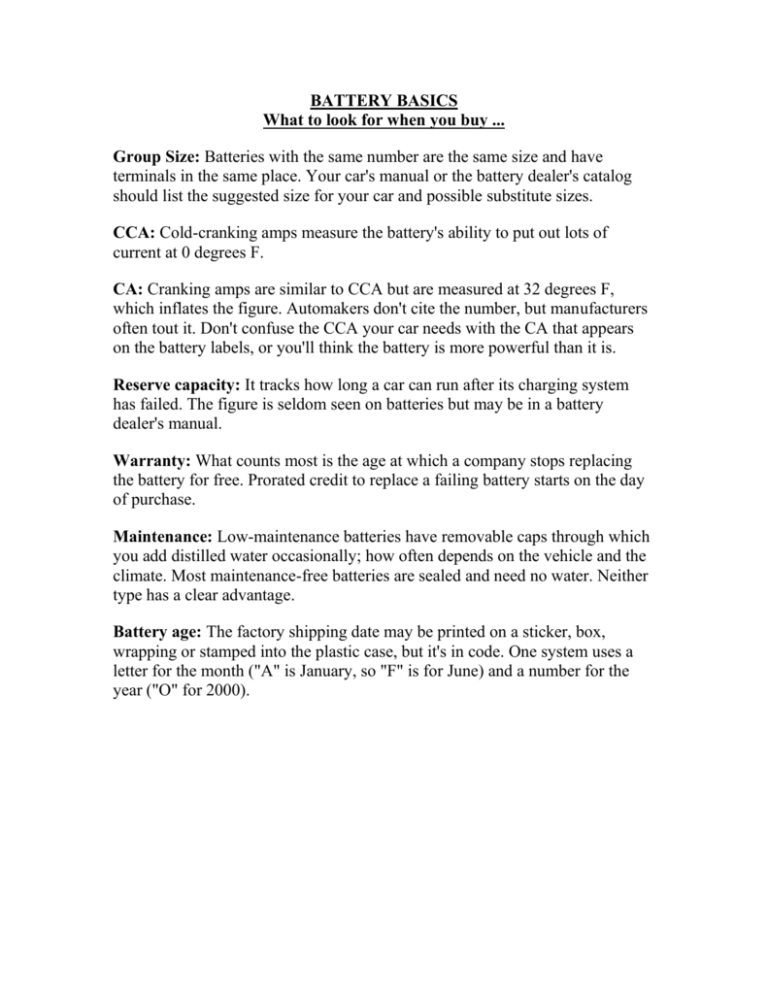
BATTERY BASICS What to look for when you buy ... Group Size: Batteries with the same number are the same size and have terminals in the same place. Your car's manual or the battery dealer's catalog should list the suggested size for your car and possible substitute sizes. CCA: Cold-cranking amps measure the battery's ability to put out lots of current at 0 degrees F. CA: Cranking amps are similar to CCA but are measured at 32 degrees F, which inflates the figure. Automakers don't cite the number, but manufacturers often tout it. Don't confuse the CCA your car needs with the CA that appears on the battery labels, or you'll think the battery is more powerful than it is. Reserve capacity: It tracks how long a car can run after its charging system has failed. The figure is seldom seen on batteries but may be in a battery dealer's manual. Warranty: What counts most is the age at which a company stops replacing the battery for free. Prorated credit to replace a failing battery starts on the day of purchase. Maintenance: Low-maintenance batteries have removable caps through which you add distilled water occasionally; how often depends on the vehicle and the climate. Most maintenance-free batteries are sealed and need no water. Neither type has a clear advantage. Battery age: The factory shipping date may be printed on a sticker, box, wrapping or stamped into the plastic case, but it's in code. One system uses a letter for the month ("A" is January, so "F" is for June) and a number for the year ("O" for 2000).








